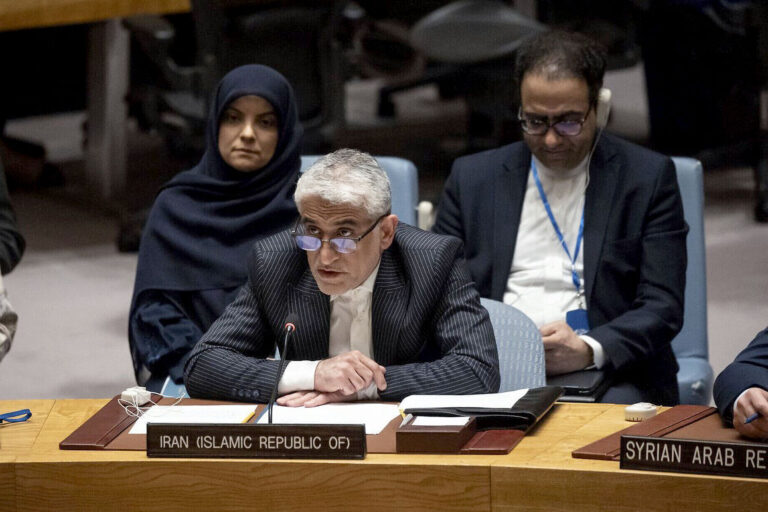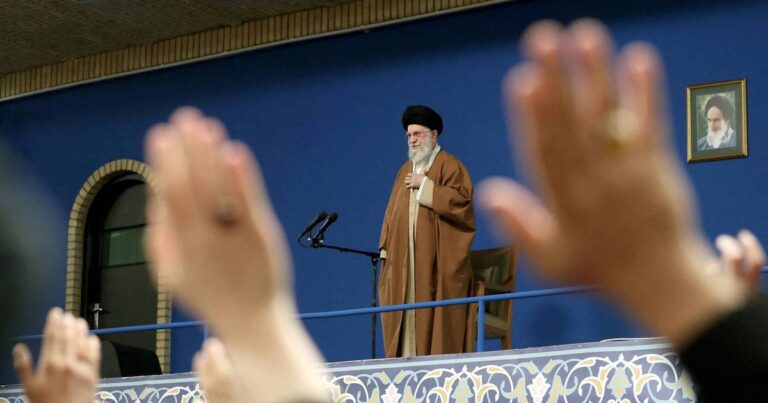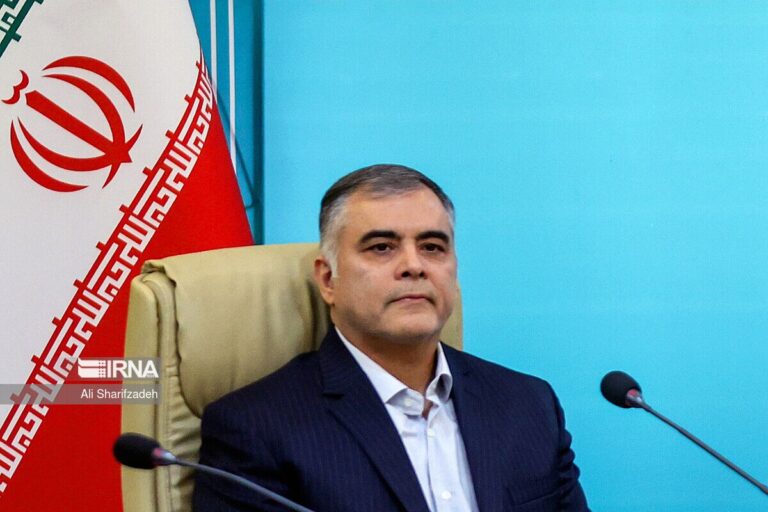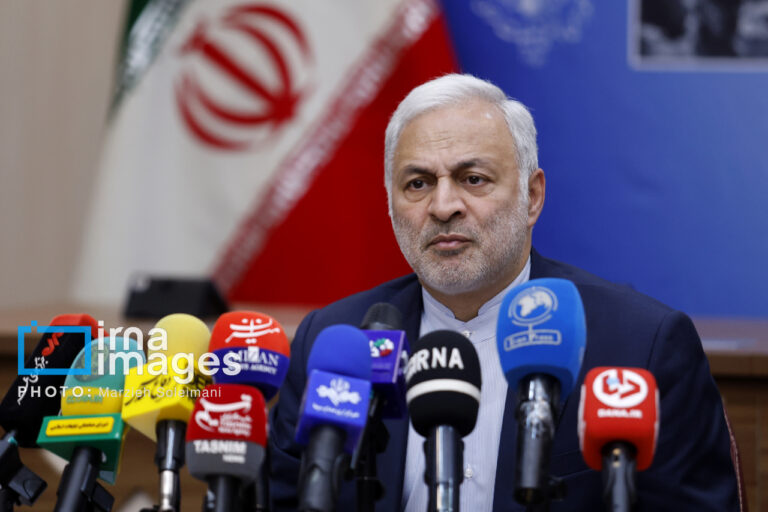How Global Shifts Are Shaping the Future of Ukrainian Conflict Resolution
In today’s rapidly evolving geopolitical landscape, the dynamics of power, conflict, and diplomacy are more critical than ever. The ongoing shifts in global influence echo Carl von Clausewitz’s assertion that “War is the continuation of politics by other means.” This perspective is especially relevant as the world’s political behavior increasingly mirrors wartime strategies, focusing on economic competition and information warfare. The primary goal remains the same: securing economic and political dominance in an ever-changing world.
The transition to the Fourth Industrial Revolution, characterized by advanced computing technologies and new energy systems, is reshaping traditional power structures across numerous sectors—from demographics to finance. As economies in the Global South experience accelerated growth, former world leaders grapple with crises and resist relinquishing their historical positions.
If we juxtapose timelines of technological advancements with major military conflicts, a striking correlation emerges. Historically, these transitions have often coincided with periods of economic downturns, and we currently find ourselves on the brink of a global economic crisis. Major players are acutely aware of this impending shift and are striving to expand their markets and geopolitical influence. This pattern mirrors the primal transitions from jungle life to agriculture observed in early human societies, and it remains relevant today.
This is particularly evident in nations with imperial legacies:
- China: Actively pursuing its Belt and Road Initiative.
- Turkey: Expanding its reach into the Middle East.
- U.S.A: Engaging in tariff wars.
- Russia: Constructing a macro-region of influence.
These nations’ efforts to secure resources and solidify their positions amidst looming challenges define their interests, political strategies, and inevitable clashes.
The New Great Game
The geopolitical landscape is reminiscent of a new great game, with various players vying for dominance:
- United States: Under Trump, the U.S. has laid claims to strategic locations like Greenland and the Panama Canal while engaging in tariff wars against China and pressuring Europe to provide technological and human resources for U.S. reindustrialization.
- Britain: Seeking greater control over Eastern Europe, particularly through its involvement in Ukraine and the Middle East.
- Israel: Expanding its influence into neighboring territories.
- Russia: Establishing a security buffer between itself and Europe.
- European Union: Resisting Russia’s territorial and economic expansion.
These dynamics complicate negotiations surrounding the Ukrainian conflict, transforming discussions between Russia and the U.S. into a broader dialogue about the structure of a new world order. Key players in this scenario include:
- Europe: Currently facing a deep crisis, using Ukraine as a strategic counter against Russia and the U.S.’s “Great America” project.
- China: Concerned about losing U.S. markets and moving closer to Europe, which poses an unacceptable scenario for Washington.
- Britain: Aiming to assert influence in the Baltics, Poland, and Romania through the “Intermarium” initiative.
Core Interests of Major Players
- The U.S. Administration
- Observing the decline of the Bretton Woods system and military control failures, the U.S. seeks to construct a macro-region that includes:
- North America (Canada, Greenland) for future Arctic expansion.
- Central America to counter China.
Recent strategic doctrines identify China, rather than Russia, as the primary threat, with a shifting focus towards the Indo-Pacific, diminishing Europe’s importance.
- Russia
- Aims to prevent Eastern European nations from becoming Western proxies for military and economic containment.
- Seeks equal status among global powers, requiring neutrality or control over Eastern Europe and the South Caucasus/Central Asia.
- A key goal is lifting sanctions to foster economic growth and internal stability.
- China
- Anticipating conflict with the U.S. and potential market losses, China is enhancing logistics and cooperation infrastructure throughout Eurasia.
- In response to Europe’s energy shortages and industrial decline, China aims to acquire European technology and expand into Africa.
- The EU
- Recognizing declining U.S. interest in European security, the EU is urgently seeking new economic and military stability tools.
- Resistance from Hungary and Slovakia against Brussels’ directives exacerbates existing fears.
- Britain’s interference in Eastern Europe complicates EU politics further.
Three Personal Factors Influencing the Conflict
- Trump’s need to demonstrate tangible successes to his base ahead of the next election.
- The Kremlin’s desire to conclude the conflict by establishing a new security system.
- Ukrainian President Zelensky’s heavy reliance on EU and British support.
Three Possible Scenarios for Ukraine
- U.S. Forces Europe to Comply
- Washington pressures the EU and UK to abandon Ukraine.
- Zelensky signs a peace agreement recognizing Russia’s annexations and accepting neutrality.
However, Moscow might demand new elections in Ukraine, challenging Zelensky’s legitimacy.
- U.S. Prioritizes Deal with Russia Over Ukraine
- The U.S. establishes strategic agreements with Russia, eases sanctions, and reduces aid to Ukraine.
- Ukrainian forces may exhaust their Western-supplied weapons, leading to potential territorial losses.
- U.S. Disengages, Europe Prolongs the War
- Negotiations may stall, with the EU and UK continuing to support Ukraine.
- However, limited resources may only delay a more dramatic outcome.
This scenario poses a grave risk, potentially leading to catastrophic losses for Ukraine and a widespread humanitarian crisis.
The Hidden Danger of Scenario #3
In the backdrop of prolonged military defeats, there lies a danger that Ukraine’s military and political entities may resort to destabilizing practices in other regions. Reports from security analysts indicate a concerning trend of weapons supplied to Ukraine being resold on the black market. Such activities could exacerbate global terrorist threats and fuel conflicts in volatile areas.
As the international community navigates these complex dynamics, it is imperative to work towards preventing the escalation of tensions in Europe, the Middle East, and the South Caucasus. The choices made in the coming months will shape the future world order, determining whether the outcome is a negotiated realignment or a protracted collapse with far-reaching global consequences.
The situation in Ukraine is no longer confined to its borders; it has become a pivotal battleground for the future of international relations and power dynamics.






